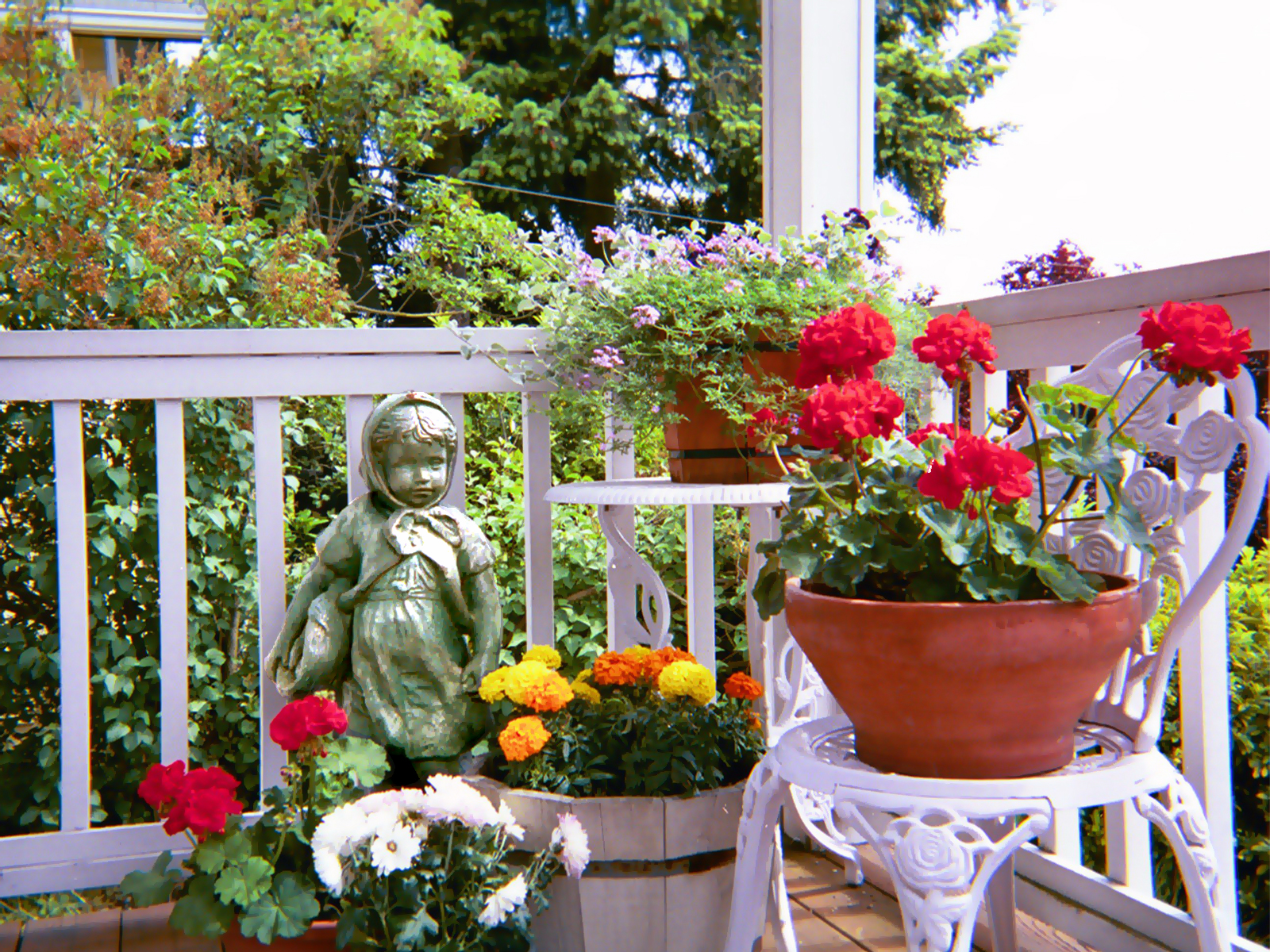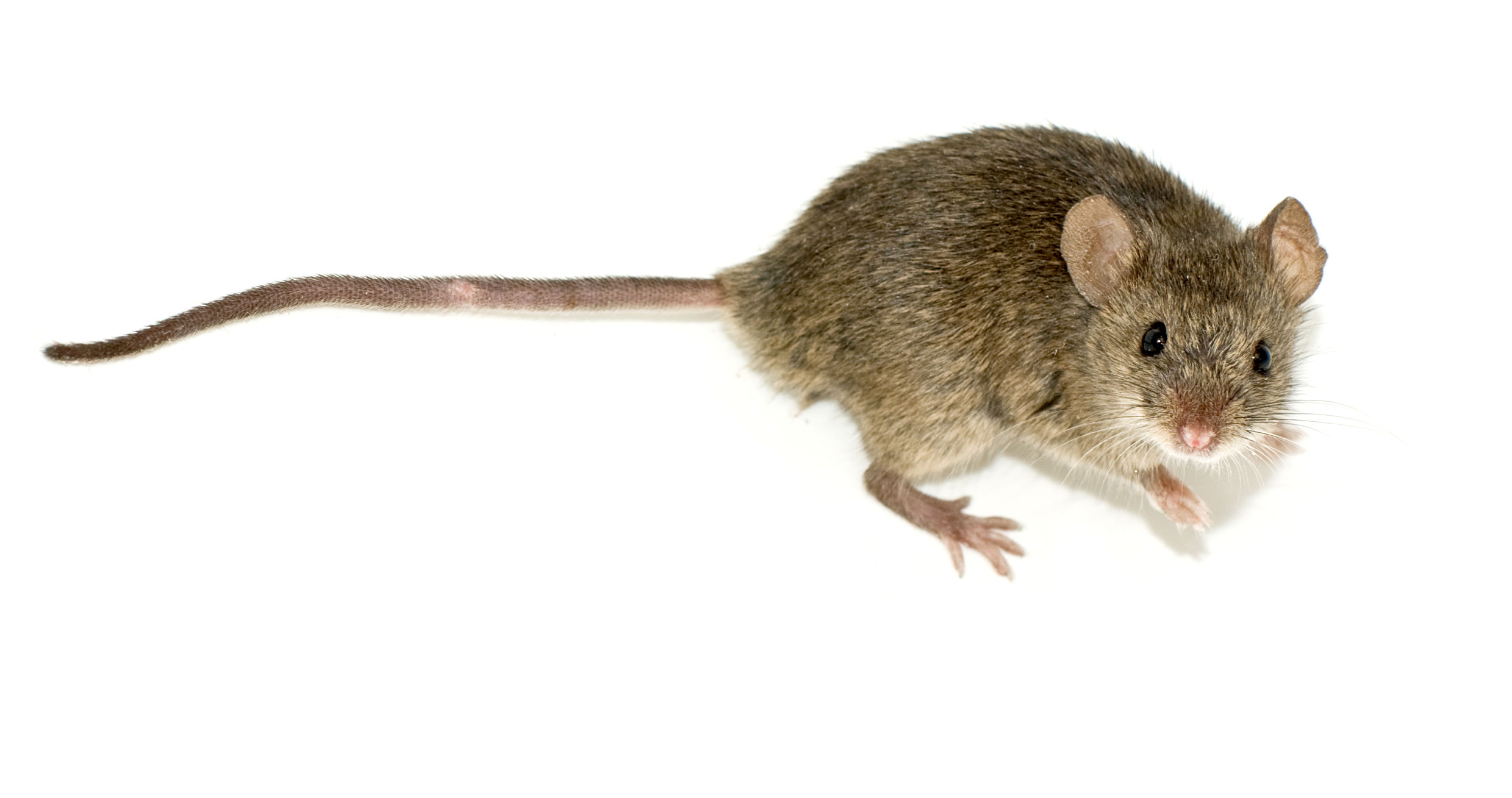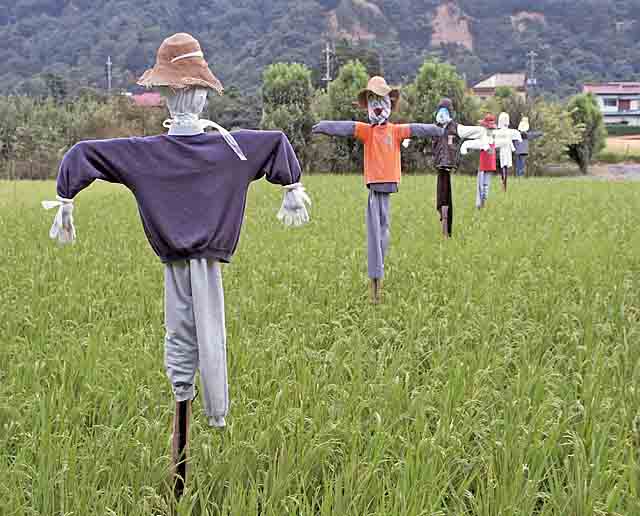|
Uncanny (book)
''Uncanny'' is the fourth in a series of collections of short stories by Australian author Paul Jennings. It was first released in 1988. The stories On the Bottom When a boy goes fishing with his father, he finds a severed finger with a bear tattoo on it. This tattoo comes to life and directs the boy to its former owner, who is covered with tattoos; all of those tattoos then come to life and attach themselves to the boy. Was adapted as an episode Driven Crazy and was renamed to "Barely There." A Good Tip for Ghosts When twin brothers move to a new school, the bully forces them to go to a haunted garbage tip at night after making them touch a pair of false teeth, or they will be beaten up until they pass the test. But in the end, the ghost who haunts the garbage tip reveals he has been looking for the false teeth. Then, the bully then becomes the victim of the test, as a ghost haunts him as a request from the brothers. Was later adapted as an episode of '' Round The Twist''. Fro ... [...More Info...] [...Related Items...] OR: [Wikipedia] [Google] [Baidu] |
Puffin Books
Puffin Books is a longstanding children's imprint of the British publishers Penguin Books. Since the 1960s, it has been among the largest publishers of children's books in the UK and much of the English-speaking world. The imprint now belongs to Penguin Random House, a subsidiary of the German media conglomerate Bertelsmann. History Four years after Penguin Books had been founded by Allen Lane, the idea for Puffin Books was hatched in 1939, when Noel Carrington, at the time an editor for '' Country Life'' books, met him and proposed a series of children's non-fiction picture books, inspired by the brightly coloured lithographed books mass-produced at the time for Soviet children. Lane saw the potential, and the first of the picture book series were published the following year. The name "Puffin" was a natural companion to the existing "Penguin" and "Pelican" books. Many continued to be reprinted right into the 1970s. A fiction list soon followed, when Puffin secured the pa ... [...More Info...] [...Related Items...] OR: [Wikipedia] [Google] [Baidu] |
Paul Jennings (Australian Author)
Paul Jennings AM (born 1943), is an English-born Australian children's book writer. His books mainly feature short stories that lead the reader through an unusual series of events that end with a twist. Many of his stories were adapted for the cult classic children's television series ''Round the Twist''. Jennings collaborated with Morris Gleitzman on the book series ''Wicked!'', which was adapted into an animated TV series in 2000. Early life and education Paul Jennings was born on 30 April 1943 in Heston, Middlesex (now part of Hounslow in London). In 1949 his family emigrated to Australia. He first attended Bentleigh West Primary School in Bentleigh, a suburb of Melbourne, and then Caulfield Grammar School. He graduated with a Bachelor of Education Studies from Frankston Teachers College at Monash University in 1978 and taught at Frankston State School, Kangaroo Flat State School, the Turana Youth Training Centre and the Royal Children's Hospital State School in Mou ... [...More Info...] [...Related Items...] OR: [Wikipedia] [Google] [Baidu] |
Short Story Collection
A short story collection is a book of short stories and/or novellas by a single author. A short story collection is distinguished from an anthology of fiction, which would contain work by several authors (e.g., '' Les Soirées de Médan''). The stories in a collection may or may not share a tone, theme, setting, or characters with one another. Composition of a collection Short story collections are made up of smaller texts—the individual short stories—in order to form a superior whole.Santi, Mara (2014). "Performative Perspectives on Short Story Collections". ''Interférences littéraires/Literaire interferenties'' (12): 143–154. ISSN 2031-2970. In spite of this, each short story does not lose any of its meaning or narrative independence by being included in a collection. This does not mean that short stories do not gain any new meaning from being included in a collection, though. Because each story's context has changed, surrounded by other stories with their o ... [...More Info...] [...Related Items...] OR: [Wikipedia] [Google] [Baidu] |
Unbearable (short Story Collection)
''Unbearable'' is the fifth in a series of collections of short stories by Australian author Paul Jennings. It was first released in 1990. Half of season 2 of ''Round The Twist'' were adaptions of the short stories in this book. The stories Licked A boy who has bad table manners is often criticised by his father during meals. But when a visitor comes for tea, the father has made a promise not to talk about his son's faults, despite the fact that his son tries to make him crack and performs them in the worst ways possible. Was later adapted as an episode of ''Round The Twist'', was one of two adaptions to be combined into one episode. Little Black Balls A girl tells her mother the story of how she helped one of her friends, who is called the "paper-man" and likes watching the clouds and has many animals for friends, with an operation, and how she lost one of his jewels to a goat. Was later adapted as an episode of ''Round The Twist'', was one of two adaptions to be combined int ... [...More Info...] [...Related Items...] OR: [Wikipedia] [Google] [Baidu] |
Quirky Tails
''Quirky Tails'' is the third in a series of short stories by Australian author Paul Jennings. It was first released in 1987. As one of Jennings' darker collections, death is a theme in many of the stories. This includes "Unhappily Ever After" (which serves as an allegory for hell), "A Dozen Bloomin' Roses" and "No Is Yes". As such, the collection features the fewest stories to be adapted for the television series ''Round the Twist''. The stories Sneeze'n Coffin A girl's mother remarries an undertaker, which embarrasses the girl because he always drives in his hearse, and also because he tells her younger brother that his coffins are boats. As a result, the girl's younger brother launches the coffin into the water, thinking it is a boat and ending up disgracing the family, but the undertaker doesn't even care, which also messes up the girl's life. When the undertaker brings a corpse home from work and the girl gets locked in a room with the corpse, the story gets interestin ... [...More Info...] [...Related Items...] OR: [Wikipedia] [Google] [Baidu] |
Round The Twist
''Round the Twist'' is an Australian children's comedy television series based on stories by author Paul Jennings that follows the supernatural adventures of the Twist family. The series was created and produced by Patricia Edgar, and developed by the Australian Children's Television Foundation (ACTF). It was created with the intention of producing a show that both children and parents could watch. History Patricia Edgar agreed to have Paul Jennings write the series on the condition he would be mentored by and collaborate with the director, actor, and writer Esben Storm. Edgar previously worked with Storm on ''Winners'' and ''Touch the Sun''. The partnership between Edgar, Storm and Jennings was an efficient team for the development of the first series, whose characters and community were set around a lighthouse on a coastline. Storm and Jennings drew from the plots in the latter's existing short stories and created new ideas, sometimes using two stories in an episode to ... [...More Info...] [...Related Items...] OR: [Wikipedia] [Google] [Baidu] |
Pot Plant
Container gardening or pot gardening/farming is the practice of growing plants, including edible plants, exclusively in containers instead of planting them in the ground. A container in gardening is a small, enclosed and usually portable object used for displaying live flowers or plants. It may take the form of a pot, box, tub, basket, tin, barrel or hanging basket. Methods Pots, traditionally made of terracotta but now more commonly plastic, and window boxes are the most commonly seen. Small pots are called flowerpots. In some cases, this method of growing is used for ornamental purposes. This method is also useful in areas where the soil or climate is unsuitable for the plant or crop in question. Using a container is also generally necessary for houseplants. Limited growing space, or growing space that is paved over, can also make this option appealing to the gardener. Additionally, this method is popular for urban horticulture and urban gardening on balconies of apartme ... [...More Info...] [...Related Items...] OR: [Wikipedia] [Google] [Baidu] |
Mouse
A mouse ( : mice) is a small rodent. Characteristically, mice are known to have a pointed snout, small rounded ears, a body-length scaly tail, and a high breeding rate. The best known mouse species is the common house mouse (''Mus musculus''). Mice are also popular as pets. In some places, certain kinds of field mice are locally common. They are known to invade homes for food and shelter. Mice are typically distinguished from rats by their size. Generally, when a muroid rodent is discovered, its common name includes the term ''mouse'' if it is smaller, or ''rat'' if it is larger. The common terms ''rat'' and ''mouse'' are not taxonomically specific. Typical mice are classified in the genus '' Mus'', but the term ''mouse'' is not confined to members of ''Mus'' and can also apply to species from other genera such as the deer mouse, ''Peromyscus''. Domestic mice sold as pets often differ substantially in size from the common house mouse. This is attributable to breeding a ... [...More Info...] [...Related Items...] OR: [Wikipedia] [Google] [Baidu] |
Scarecrow
A scarecrow is a decoy or mannequin, often in the shape of a human. Humanoid scarecrows are usually dressed in old clothes and placed in open fields to discourage birds from disturbing and feeding on recently cast seed and growing crops.Lesley Brown (ed.). (2007). "Shorter Oxford English Dictionary on Historical Principles". 6th ed. Oxford: Oxford University Press. . Scarecrows are used around the world by farmers, and are a notable symbol of farms and the countryside in popular culture. Design The common form of a scarecrow is a humanoid figure dressed in old clothes and placed in open fields to discourage birds such as crows or sparrows from disturbing and feeding on recently cast seed and growing crops. Machinery such as windmills have been employed as scarecrows, but the effectiveness lessens as animals become familiar with the structures. Since the invention of the humanoid scarecrow, more effective methods have been developed. On California farmland, highly-refle ... [...More Info...] [...Related Items...] OR: [Wikipedia] [Google] [Baidu] |
Australian Short Story Collections
Australian(s) may refer to: Australia * Australia, a country * Australians, citizens of the Commonwealth of Australia ** European Australians ** Anglo-Celtic Australians, Australians descended principally from British colonists ** Aboriginal Australians, indigenous peoples of Australia as identified and defined within Australian law * Australia (continent) ** Indigenous Australians * Australian English, the dialect of the English language spoken in Australia * Australian Aboriginal languages * ''The Australian'', a newspaper * Australiana, things of Australian origins Other uses * Australian (horse), a racehorse * Australian, British Columbia, an unincorporated community in Canada See also * The Australian (other) * Australia (other) * * * Austrian (other) Austrian may refer to: * Austrians, someone from Austria or of Austrian descent ** Someone who is considered an Austrian citizen, see Austrian nationality law * Austrian German dialect * S ... [...More Info...] [...Related Items...] OR: [Wikipedia] [Google] [Baidu] |
1988 Short Story Collections
File:1988 Events Collage.png, From left, clockwise: The oil platform Piper Alpha explodes and collapses in the North Sea, killing 165 workers; The USS Vincennes (CG-49) mistakenly shoots down Iran Air Flight 655; Australia celebrates its Bicentennial on January 26; The 1988 Summer Olympics are held in Seoul, South Korea; Soviet troops begin their withdrawal from Afghanistan, which is completed the next year; The 1988 Armenian earthquake kills between 25,000-50,000 people; The 8888 Uprising in Myanmar, led by students, protests the Burma Socialist Programme Party; A bomb explodes on Pan Am Flight 103, causing the plane to crash down on the town of Lockerbie, Scotland- the event kills 270 people., 300x300px, thumb rect 0 0 200 200 Piper Alpha rect 200 0 400 200 Iran Air Flight 655 rect 400 0 600 200 Australian Bicentenary rect 0 200 300 400 Pan Am Flight 103 rect 300 200 600 400 1988 Summer Olympics rect 0 400 200 600 8888 Uprising rect 200 400 400 600 1988 Armenian eart ... [...More Info...] [...Related Items...] OR: [Wikipedia] [Google] [Baidu] |
Books By Paul Jennings (Australian Author)
A book is a medium for recording information in the form of writing or images, typically composed of many pages (made of papyrus, parchment, vellum, or paper) bound together and protected by a cover. The technical term for this physical arrangement is ''codex'' (plural, ''codices''). In the history of hand-held physical supports for extended written compositions or records, the codex replaces its predecessor, the scroll. A single sheet in a codex is a leaf and each side of a leaf is a page. As an intellectual object, a book is prototypically a composition of such great length that it takes a considerable investment of time to compose and still considered as an investment of time to read. In a restricted sense, a book is a self-sufficient section or part of a longer composition, a usage reflecting that, in antiquity, long works had to be written on several scrolls and each scroll had to be identified by the book it contained. Each part of Aristotle's ''Physics'' is called a b ... [...More Info...] [...Related Items...] OR: [Wikipedia] [Google] [Baidu] |






